To start with, hair loss can be one of the most distressing changes a woman experiences. If this sounds familiar and you have noticed more hair in your brush, a widening part, or a thinner ponytail, you’re not alone. In fact, many women are unaware that thyroid disorders are a common cause of hair thinning. Unlike genetic hair loss, thyroid-related shedding often improves with proper treatment.
In this guide will walk you through everything you need to know in simple, clear terms.
You’ll discover how your thyroid affects hair growth, what thyroid hair loss looks like, and most importantly, what you can do about it.
Additionally, we ‘ll explore medical treatments that work, lifestyle changes that help, and how to care for thinning hair while waiting for regrowth.
Furthermore, this article will also outline the exact tests you need to get an accurate diagnosis, what to ask your doctor, and realistic timelines for seeing improvement. Whether you’ve just noticed some extra shedding or have been struggling with thinning hair for years, this information can help you take control of the situation.
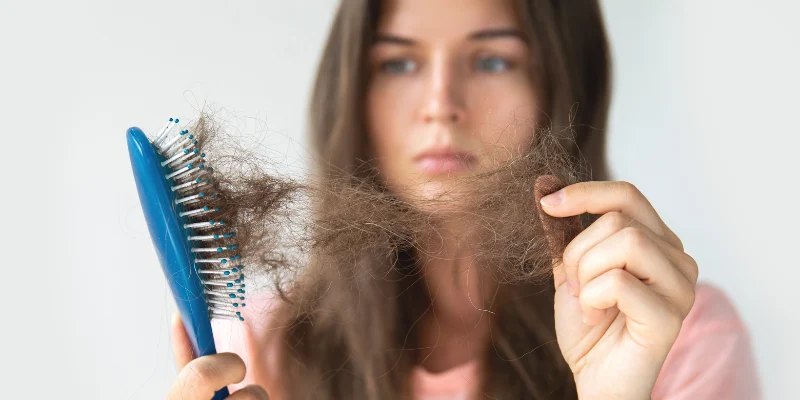
Understanding Your Thyroid
To begin with, your thyroid gland might be small, but it plays a massive role in your overall health. Located at the base of your neck, this butterfly-shaped gland produces hormones that regulate your metabolism, energy levels, and yes, your hair growth.
When your thyroid isn’t functioning correctly, it can cause two main problems:
- Hypothyroidism (underactive thyroid): This occurs when your thyroid doesn’t produce enough hormones. It’s more common in women and often develops slowly. You might notice fatigue, weight gain, feeling cold, and, of course, hair loss.
- Hyperthyroidism (overactive thyroid): This happens when your thyroid produces too much hormone. Symptoms include weight loss, anxiety, rapid heartbeat, and increased hair shedding.
Ultimately, both conditions disrupt your body’s normal processes, including the hair growth cycle. However, once correctly diagnosed and treated, many women experience a return to their hair’s normal thickness.
How Thyroid Issues Cause Hair Loss?
Firstly, to understand why thyroid problems lead to hair loss, it helps to know how hair normally grows. Your hair follicles cycle through three phases:
- Growth phase (anagen): This lasts 2-7 years when hair actively grows.
- Transition phase (catagen): A brief 2-week period when growth stops.
- Resting phase (telogen): Lasting about 3 months before hair falls out.
With thyroid disorders, this cycle gets disrupted. Either too many hairs enter the resting phase at once (causing sudden shedding) or new hairs don’t grow in properly (leading to overall thinning).
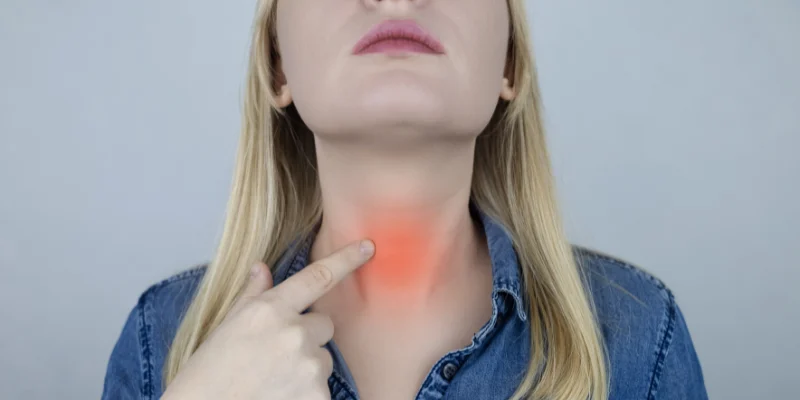 Unlike male or female pattern baldness, where hair loss follows a specific pattern, thyroid-related shedding usually:
Unlike male or female pattern baldness, where hair loss follows a specific pattern, thyroid-related shedding usually:
- Affects your entire scalp evenly
- May include eyebrow thinning (especially the outer third)
- Makes hair dry and brittle
- Causes more hair to come out when brushing or washing
Although this diffuse thinning can be alarming, but it’s often reversible once thyroid levels are balanced. The key is getting the correct diagnosis and treatment.
Diagnosing Thyroid-Related Hair Loss
Assuming you suspect your hair loss might be thyroid-related, the first Step is getting proper testing. Unfortunately, many doctors only check TSH (thyroid-stimulating hormone), but you’ll want a more complete panel:
- TSH: Should ideally be between 1-2 for most people
- Free T3 and Free T4: The actual thyroid hormones
- Thyroid antibodies: Checks for Hashimoto’s or Graves’ disease
- Ferritin (stored iron): Low levels worsen hair loss
- Vitamin D Deficiency is familiar with thyroid issues
As you review your results, remember that “normal” lab ranges are often too broad. Many women feel their best when their numbers fall within the optimal ranges, not just the standard reference range.
Keep a symptom journal, noting:
- When hair loss began
- How much hair you losing daily
- Any other symptoms (fatigue, weight changes, etc.)
- Family history of thyroid problems
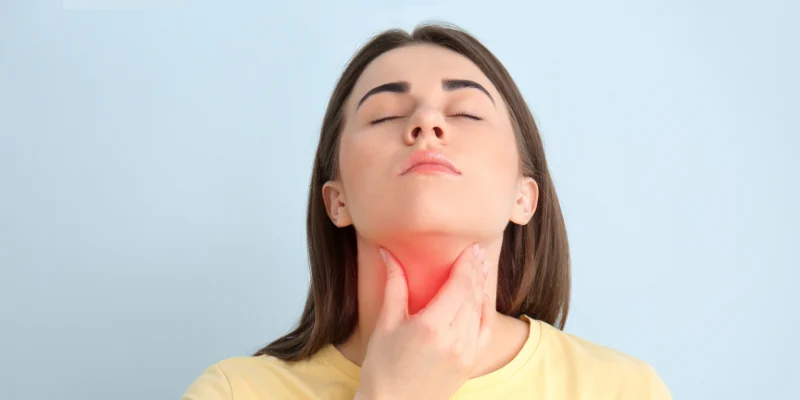
Moreover, if your doctor dismisses your concerns but you still feel something’s wrong, don’t hesitate to seek a second opinion from an endocrinologist or functional medicine practitioner.
Medical Treatments That Work
Once you have a diagnosis, treating the underlying thyroid condition is crucial for hair regrowth. Treatment options depend on whether you have hypothyroidism or hyperthyroidism:
For hypothyroidism:
- Levothyroxine (Synthroid): The standard treatment
- Natural desiccated thyroid (Armour, NP Thyroid): Contains both T4 and T3
- Liothyronine (Cytomel): Synthetic T3 sometimes added
For hyperthyroidism:
- Methimazole or PTU: Slows hormone production
- Radioactive iodine: Destroys overactive thyroid cells
- Beta blockers: Help manage symptoms temporarily
For hair regrowth specifically:
- Minoxidil (Rogaine): FDA-approved topical treatment
- Low-level laser therapy stimulates hair follicles
- PRP (platelet-rich plasma): Uses your blood to promote growth
This powerful blend rejuvenates hair follicles, enhances hair density, and stimulates healthy regrowth for thicker, fuller hair. Clinically proven and dermatologist-recommended, our 5% Minoxidil is the top choice for combating hair loss effectively.
It typically takes 3-6 months of proper thyroid treatment before you notice hair improvement. Be patient – hair grows slowly, about half an inch per month.
Nutrition and Lifestyle Changes
While medication is essential, specific lifestyle changes can support thyroid function and hair growth:
Eat thyroid-friendly foods:
- Brazil nuts (rich in selenium)
- Fatty fish (omega-3s and vitamin D)
- Eggs (iodine and biotin)
- Spinach (iron and folate)
Avoid:
- Excessive raw cruciferous vegetables
- Processed foods with artificial additives
- Extreme calorie restriction
Other helpful habits:
- Manage stress through yoga or meditation
- Get 7-8 hours of quality sleep
- Use gentle hair care practices
- Protect hair from sun and heat damage
Supplements that may help (check with your doctor first):
- High-quality multivitamin
- Omega-3 fish oil
- Collagen peptides
- Probiotics for gut health
This advanced supplement is meticulously designed to strengthen nails, support hair growth 30000 mcg complex, and nourish skin from within. With IQ BIOLOGY, experience comprehensive hair and nails vitamins for women and men for hair growth that enhance your natural beauty and overall well-being.
Remember that no supplement can replace proper thyroid treatment, but they can support overall hair health when used appropriately.
Hair Care for Thinning Hair
While waiting for regrowth, these tips can help your hair look its best:
Washing:
- Use sulfate-free shampoos
- Wash hair 2-3 times weekly
- Apply conditioner mainly to ends
Our biotin hair strengthening shampoo and conditioner set for women and men is designed to combat hair thinning caused by breakage. Enriched with biotin, saw palmetto oil (a DHT blocking ingredient), argan oil, nettle oil, and other premium ingredients, our shampoo provides you the essential hair vitamins you need for stronger, fuller-looking hair.
Lightweight, color-safe, and extension-safe conditioner for thinning hair. Created with science-backed ingredients that moisturize and nourishes to help strengthen and defend hair against damage.
Styling:
- Air dry when possible
- Use heat tools on lowest setting
- Try root-lifting products
- Consider hair fibers for coverage
Avoid:
- Tight ponytails or braids
- Harsh chemical treatments
- Overbrushing wet hair
Helpful products:
- Wide-tooth combs
- Silk pillowcases
- Volumizing dry shampoos
- Leave-in conditioners
- Use Biotin Shampoo
Our biotin hair strengthening shampoo and conditioner set for women and men is designed to combat hair thinning caused by breakage. Enriched with biotin, saw palmetto oil (a DHT blocking ingredient), argan oil, nettle oil, and other premium ingredients, our shampoo provides you the essential hair vitamins you need for stronger, fuller-looking hair.
Be extra gentle with your hair during the shedding phase. Consider getting a shorter, layered cut that adds volume while your hair recovers.
Emotional Support and Coping
Dealing with hair loss can take an emotional toll. It’s normal to feel:
- Frustration at slow progress
- Self-conscious about appearance
- Anxiety about whether hair will grow back
Healthy ways to cope:
- Join a support group (online or in-person)
- Practice self-compassion
- Focus on overall health improvements
- Experiment with new hairstyles
Remember that many women have walked this path before you and regained their hair. The shedding phase is temporary for most people with thyroid disorders.
When to Seek Additional Help
Consider seeing a specialist if:
- Hair loss continues after 6 months of treatment
- You develop distinct bald patches
- You want to explore advanced treatments
Specialists to consult:
- Endocrinologist (thyroid expert)
- Dermatologist (hair loss specialist)
- Functional medicine doctor
Advanced treatments might include:
- More comprehensive hormone testing
- Additional medications like low-dose naltrexone
- Advanced hair restoration procedures
Don’t hesitate to advocate for yourself if you feel your concerns aren’t being addressed.
Conclusion and Final Thoughts
Thyroid-related hair loss can be distressing, but there is hope. The key steps are:
- Getting proper testing and diagnosis
- Treating the underlying thyroid condition
- Supporting hair growth with lifestyle changes
- Being patient through the regrowth process
Remember:
- Hair grows in cycles – improvement takes months
- Many women fully recover their hair thickness
- You’re not alone in this experience
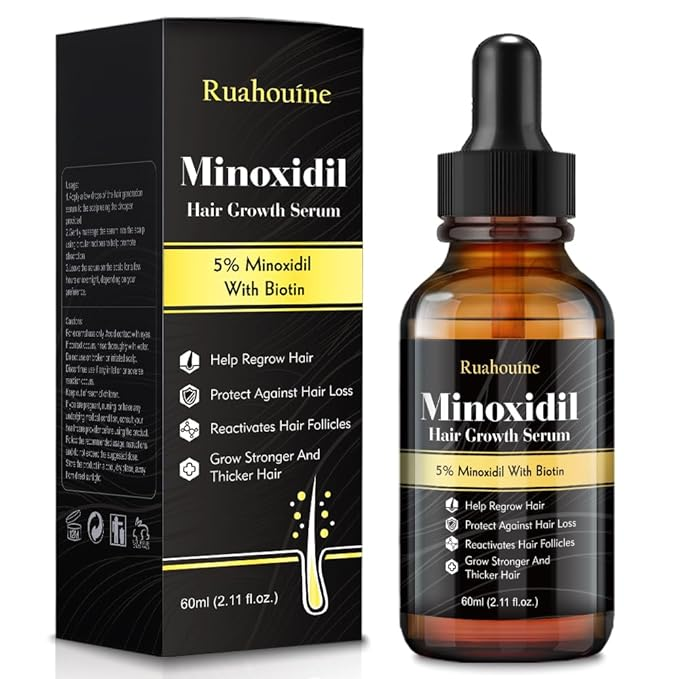

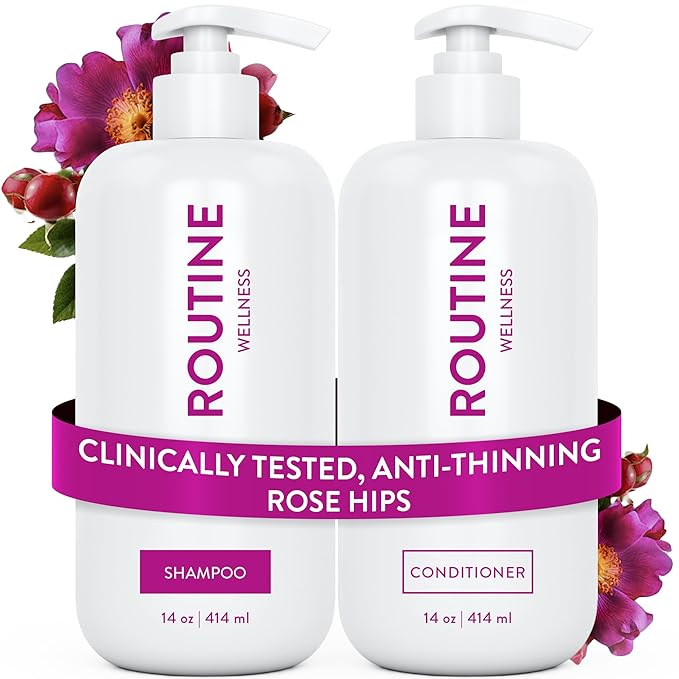




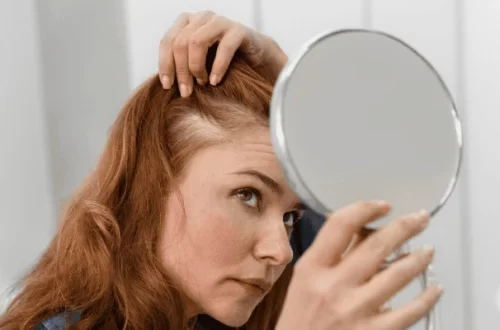
Hi, this is a comment.
To get started with moderating, editing, and deleting comments, please visit the Comments screen in the dashboard.
Commenter avatars come from Gravatar.